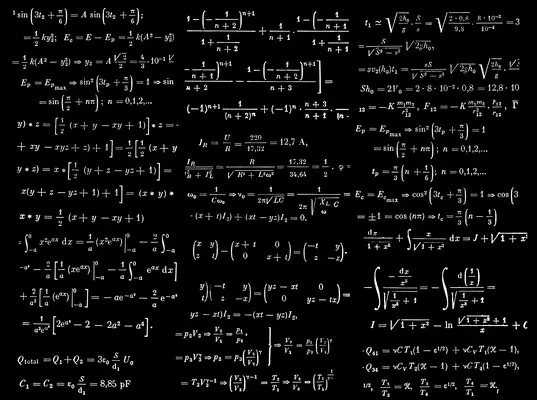Elaborated and restricted speech codes are sociolinguistic concepts introduced by British sociologist Basil Bernstein in the 1970s. These concepts highlight the relationship between language, social class, and educational attainment. Bernstein's work emphasized that language is not merely a tool for communication but also a means through which social structures and hierarchies are reproduced. This essay outlines and explains elaborated and restricted speech codes, discussing their implications for education and social inequality.
Understanding Speech Codes
Speech codes refer to the patterns of speech used by different social groups. These codes encompass vocabulary, syntax, and the underlying rules governing language use within a social context. Bernstein identified two primary types of speech codes: elaborated and restricted.
Elaborated Speech Code
The elaborated speech code is characterized by its use of explicit, detailed, and context-free language. It employs a wide vocabulary and complex sentence structures, allowing for nuanced expression and abstract thinking. Elaborated speech codes are typically associated with the middle and upper classes. These groups often engage in professions that require precise communication and conceptual thinking, such as












